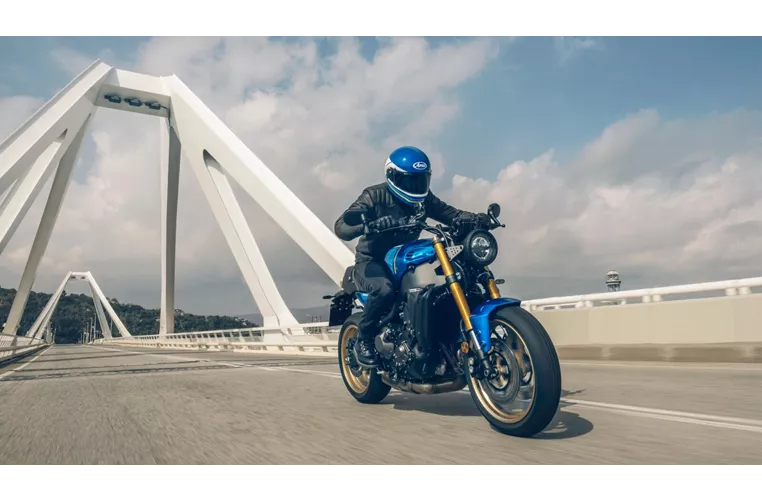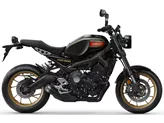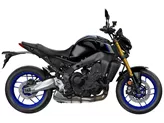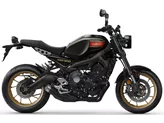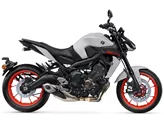Yamaha XSR900 2022 vs. Yamaha R1 2011
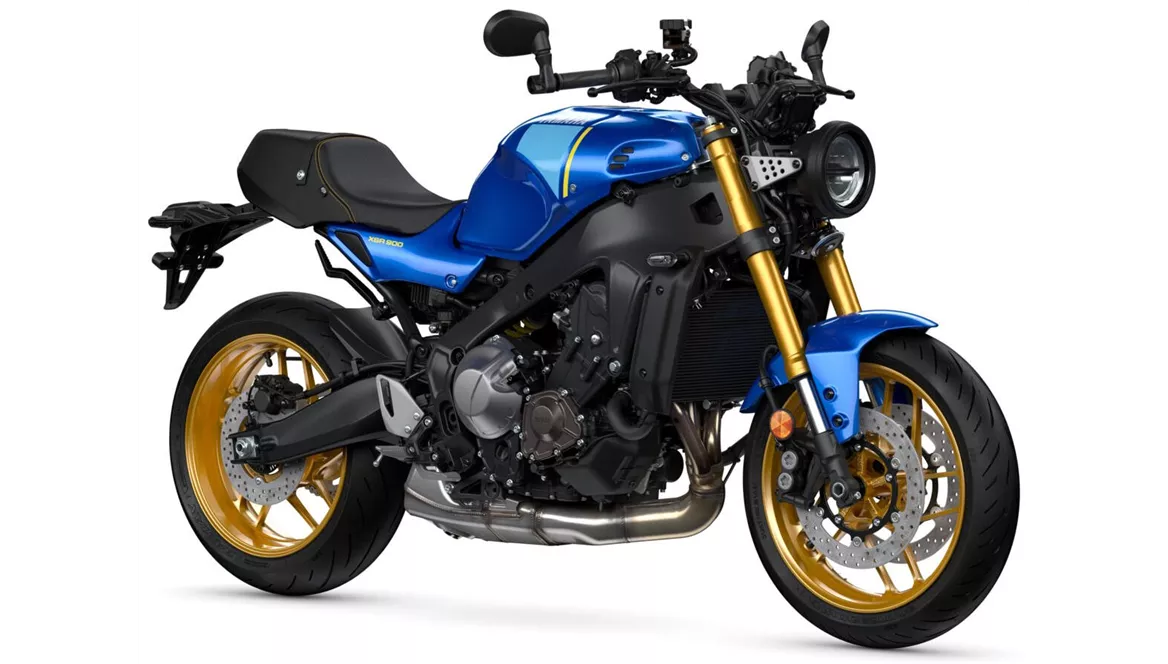
Yamaha XSR900 2022

Yamaha R1 2011
Overview - Yamaha XSR900 2022 vs Yamaha R1 2011
The Yamaha XSR900 2022 and Yamaha R1 2011 are two different motorcycles with distinct characteristics and intended purposes.
Starting with the technical specifications, both bikes have the same bore size of 78 mm, indicating a similar cylinder diameter. However, the stroke length differs, with the XSR900 having a stroke of 62.1 mm compared to the R1's 52.2 mm. This suggests that the XSR900 may have a longer piston travel, potentially resulting in a different power delivery and torque curve.
In terms of engine power, the Yamaha R1 2011 takes the lead with 181 HP, while the XSR900 2022 offers 119 HP. This significant difference in power output indicates that the R1 is a more high-performance machine, designed for track use and aggressive riding. On the other hand, the XSR900 is a naked bike with a more balanced power delivery, suitable for both city commuting and spirited riding.
The torque figures also favor the R1, with 115.5 Nm compared to the XSR900's 93 Nm. This suggests that the R1 may have stronger acceleration and better low-end grunt.
In terms of engine configuration, the XSR900 features a 3-cylinder engine, while the R1 has a 4-cylinder configuration. The number of cylinders can affect the engine's characteristics, with 3-cylinder engines often offering a unique balance of power and smoothness, while 4-cylinder engines are known for their high-revving nature and top-end power.
Both bikes feature DOHC (Double Overhead Camshaft) valve systems with 4 valves per cylinder, indicating advanced valve control and potentially high engine efficiency.
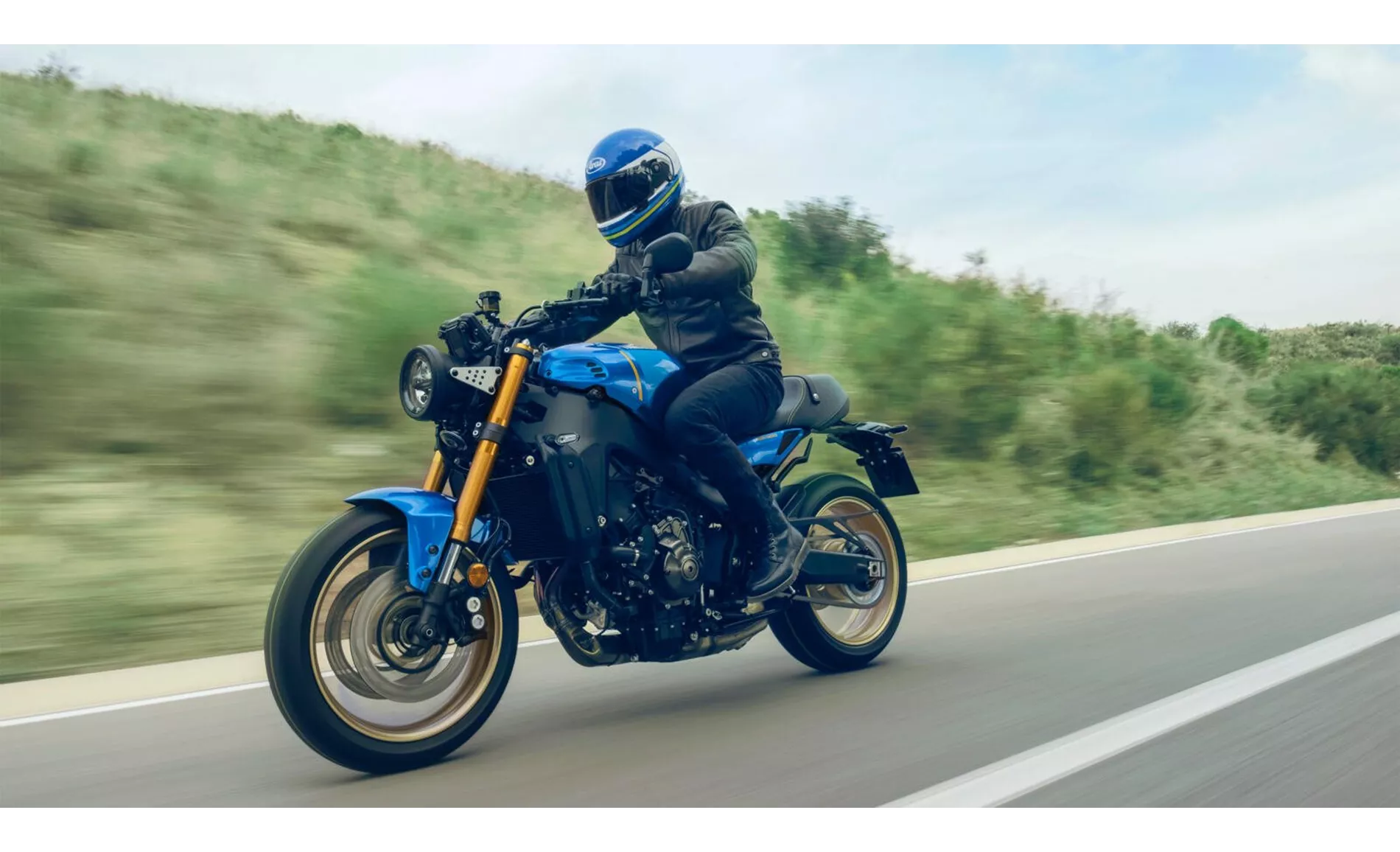
Yamaha XSR900 2022
In terms of cooling, both bikes utilize liquid cooling systems, which are efficient in maintaining optimal engine temperatures even during demanding riding conditions.
Moving on to the suspension, both bikes feature upside-down telescopic forks at the front, providing excellent front-end stability and precise handling.
In terms of chassis, both bikes have aluminum frames, which offer a balance between rigidity and weight. However, the XSR900 has a Twin Tube frame type, while the R1 features a Deltabox frame. The Deltabox frame is known for its rigidity and strength, making it ideal for high-performance motorcycles like the R1.
Both bikes have double disk front brakes, ensuring strong stopping power and excellent braking performance.
When it comes to tire dimensions, both bikes have a front tire width of 120 mm and a front tire diameter of 17 inches. However, the rear tire width differs, with the XSR900 having a width of 180 mm compared to the R1's 190 mm. This slight difference may affect the bikes' handling characteristics, with the wider rear tire potentially offering better traction and stability.
The wheelbase of the XSR900 is 1495 mm, while the R1 has a slightly shorter wheelbase of 1415 mm. A longer wheelbase can contribute to stability at high speeds, while a shorter wheelbase may enhance maneuverability and agility.
In terms of seat height, the XSR900 offers a lower seat height of 810 mm compared to the R1's 835 mm. A lower seat height can be advantageous for riders with shorter inseams, providing better confidence and ease of reach to the ground.

Yamaha R1 2011
The fuel tank capacity of the XSR900 is 15 liters, while the R1 has a larger capacity of 18 liters. A larger fuel tank allows for longer rides without the need for frequent refueling.
Now, let's discuss the strengths and weaknesses of each bike. The Yamaha XSR900 2022 has a powerful engine, offering 119 HP, which is suitable for both city commuting and spirited riding. It also comes with a quickshifter as standard, allowing for seamless gear changes. The XSR900 has good brakes, ensuring reliable stopping power. Additionally, it boasts an electronics package, providing advanced features and rider aids. The sporty but everyday ergonomics make it comfortable for both short and long rides. The XSR900 also offers value for money, with many accessories available ex works, allowing riders to customize their bikes to their preferences.
On the other hand, the XSR900 has a hard seat, which may not be as comfortable for extended periods of riding. It also has a low steering angle, potentially limiting maneuverability in tight spaces.
As for the Yamaha R1 2011, it excels in its fine traction point, allowing riders to maximize grip and control during aggressive riding. The bike is easily adaptable to the race track, making it a favorite among track enthusiasts. The R1 also has easy steering behavior, providing precise handling and responsiveness. The optimal traction point ensures excellent grip and stability.
However, the R1 has been criticized for its plump-looking rear end, which may not appeal to some riders in terms of aesthetics.
In conclusion, the Yamaha XSR900 2022 and Yamaha R1 2011 are two distinct motorcycles with different strengths and weaknesses. The XSR900 offers a balanced power delivery, suitable for both city commuting and spirited riding, while the R1 is a high-performance machine designed for track use. Riders should consider their riding preferences and intended use when choosing between these two models.
Technical Specifications Yamaha XSR900 2022 compared to Yamaha R1 2011
Pros and Cons in comparison
Pros and Cons in comparison
Yamaha XSR900 2022
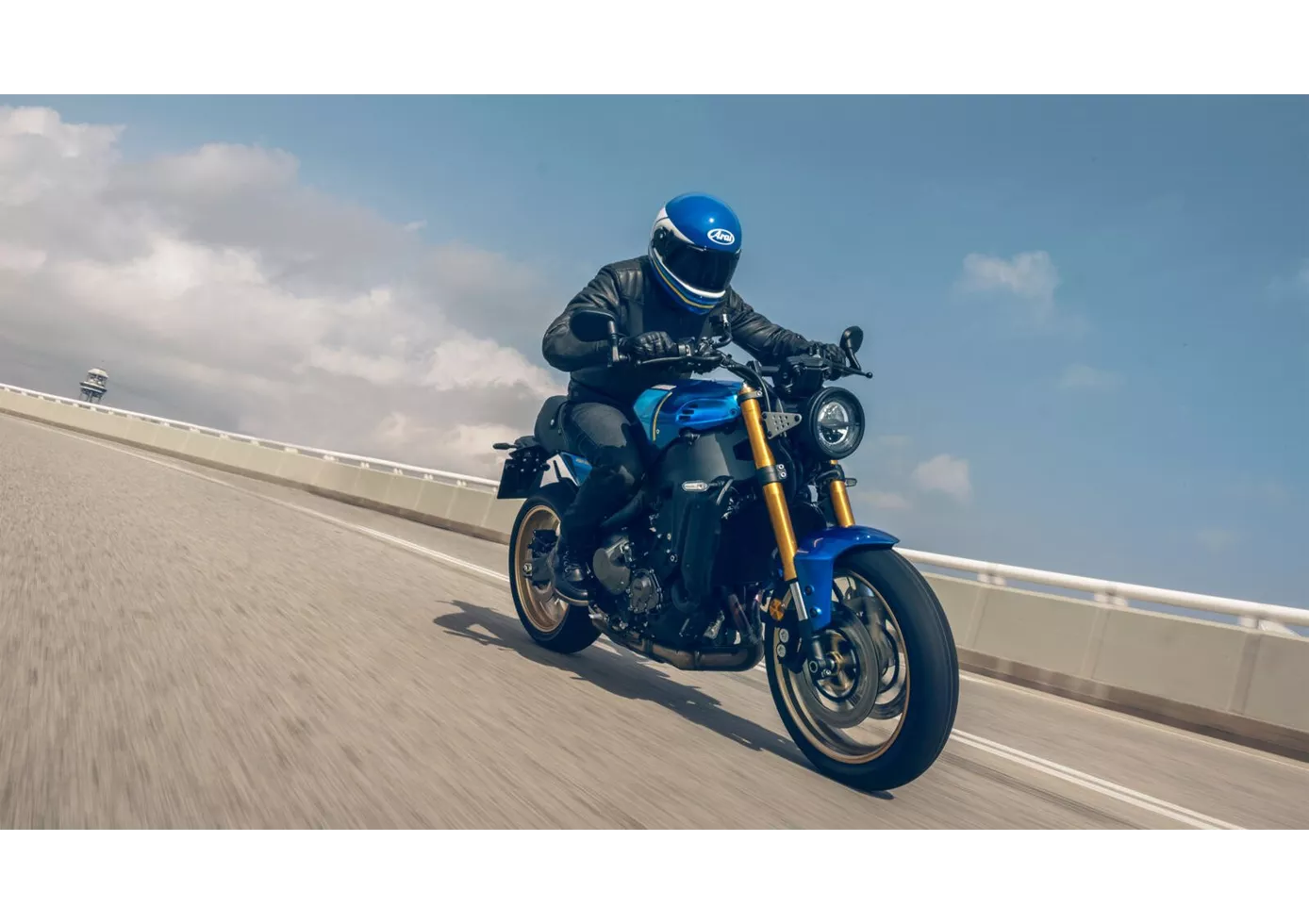
The XSR900 in no way wants to hide the fact that it uses the MT-09 as its basis. With a full electronics package, powerful three-cylinder and sporty chassis components, you can be incredibly sporty on this retro bike. Hopefully you'll just find a more comfortable seat in the accessories soon - because it's going to take a lot of stops on the standard seat.
Yamaha R1 2011

Once upon a time, she was the toughest beast among the 1000s. Only the wildest dogs could ride it. Now it is the motorbike that can not only be described as "the least evil on the country road" but which also gives a lot of pleasure there.
Price Comparison Avarage Market Price Yamaha XSR900 vs Yamaha R1
There are a few key differences between a Yamaha XSR900 2022 and a Yamaha R1 2011. In terms of price, the actual average price of a Yamaha XSR900 2022 is about 23% higher. A Yamaha XSR900 2022 experiences a loss of 290 GBP in one year of ownership. This is offset by a loss of 1,110 GBP for a Yamaha R1 2011. Compared to Yamaha R1 2011 there are more Yamaha XSR900 2022 bikes available on the 1000PS.de Marketplace, specifically 59 compared to 4. It takes less time to sell a Yamaha R1 with 53 days compared to 97 days for the Yamaha XSR900. Since model year 2016 1000PS.de editors have written 30 reviews for the Yamaha XSR900 and 80 reviews for the Yamaha R1 since model year 2005. The first review for the Yamaha XSR900 was published on 25/11/2015 and now has more than 17,600 views. This compares to more than 3,900 views for the first review on Yamaha R1 published on 28/04/2003.
